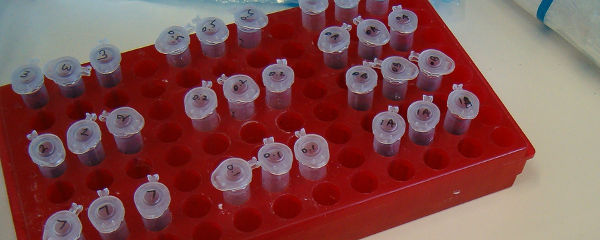What I’ve Learned:
“Oort cloud: Go way, way Oort — then Oort a little further.”
If you’ve ever played pinball — which you’ve probably only done ironically, if you’re under the age of thirty — then you’re familiar with the concept of “multiball”. You lock balls by making certain shots, and then there’s some way to unlock them, so a bunch of balls all come flying out at once. Sometimes there’s more than you locked. Often, they come from different places than you put them. They fly around higgledy-piggledy from all directions, until you lose them or you tilt the machine or you get bored and remember that video games and the internet and Netflix exist.
But maybe you’ve wondered, while the multiball madness ensues: where are all of these balls coming from? I always assumed there were some nifty mechanics inside the machine, pulling balls from a reservoir and gliding them around. Either that, or gnomes. Very small hippie gnomes. But then I learned something about astronomy, and found there’s another place those balls might be coming from: the Oort cloud.
Mind you, the Oort cloud is purely theoretical. But its existence has been predicted based on questions about our solar system’s own version of multiball — namely, comets. Some comets swing past the sun every few years. The orbits of these “short-period” comets aren’t so large, and most of them originate in either the Kuiper belt, around 30-50 AU (astronomical units; 1 AU is roughly the distance from the earth to the sun) or the overlapping “scattered disc”, which extends from around 30-100 AU.
These regions begin right around the distance of Neptune from the sun, and they’re not so mysterious. Definitely not “multiball mysterious”. Astronomers see Kuiper Belt objects all the time — probably with a decent pair of opera glasses. New Horizons, the space probe that buzzed Pluto a while back, is swooping through the Kuiper Belt right now. It’s practically down the block.
The Oort cloud is a leeeeetle cooler than that. First, it’s just slightly further away, occupying the space somewhere between around 2,000 – 100,000 AU, give or take a light year. (Which, as it happens, is about 50,000 AU. So it’s true!)
For perspective, that Voyager I probe launched back in 1977? You know, back when people actually played pinball (because it was either that or Pong, those poor primitive saps)? That craft has traveled further than any other we’ve made, it’s technically in interstellar space, and is traveling at around 38,000 miles per hour (a shade faster than New Horizons; don’t tell the Space Highway Patrol). Voyager is expected to enter the Oort cloud in roughly 300 years — or about 290 years after its radioisotope-powered generators are expected to fail, leaving it a silent hunk of space rubble.
So the Oort Cloud is a big ol’ faraway ball of space, is what I’m saying. Inside it are theorized to be trillions — that’s trillions, with a ‘truh-‘ — of objects at least one kilometer across. Most of these are icy bodies, but there are few (meaning few billion) rocky asteroids sprinkled in, just for fun. It’s thought that Oort cloud objects mostly come from debris left over from the formation of the solar system, when the original “protoplanetary disc” swirled into Saturn and Jupiter and Earth and the rest of the planetary gang. Some even theorize that part of the Oort cloud — up to 90%, at the upper end — comes from “sister stars” that were closer by during the sun’s early days, and spewing pre-planetary spittle all over the cosmos themselves.
But if we’ve never seen the Oort cloud, then why would we think it’s out there? Why don’t we just assume there’s nothing there, or space gnomes, and be done with it? Because of long-period comets, that’s why. When astronomers track the orbits of these comets, they see some that make a circuit in hundreds or even thousands of years. And unlike comets from the Kuiper belt or scattered disc, which lie flat in the same plane as the planets, these long-period take-your-time-grandpa comets come from everywhere.
So that’s the Oort cloud. Further out than we can see, surrounding our whole solar system and occasionally raining some of its trillions of balls of ice and rocks down on our pinball machines. Ding ding ding. Multiball, indeed.



